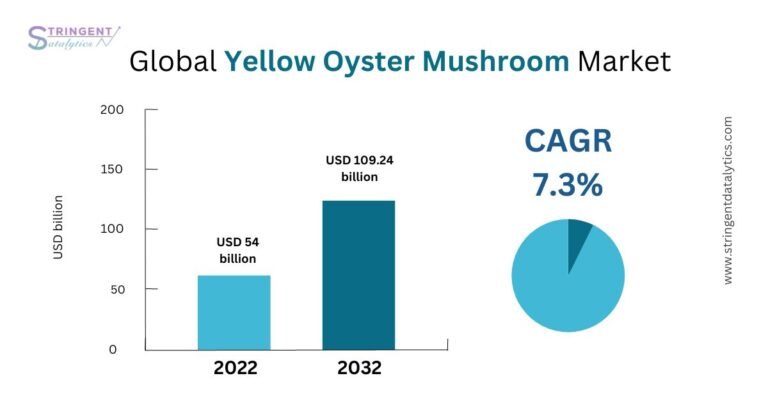
Crafting Exceptional Ecommerce Website Designs for Your Business
In today’s digital age, having an ecommerce website is essential for any business looking to thrive in the online marketplace. The design of your ecommerce website plays a pivotal role in attracting and retaining customers. It’s not just about aesthetics; it’s about creating a user-friendly, visually appealing, and efficient platform that ensures a seamless shopping experience for your visitors. Here, we’ll explore the key elements of a successful ecommerce website design and why it matters for your business.
The Power of First Impressions
Your website’s design is often the first interaction potential customers have with your brand. An eye-catching, well-organized homepage can instantly capture their attention and encourage them to explore further. It sets the tone for your brand and influences their perception of your products or services. The first impression is a lasting one, so make it count.
User-Centric Navigation
An ecommerce website should be designed with the user’s experience in mind. Intuitive navigation is crucial. Visitors should be able to easily find what they’re looking for, whether it’s a specific product, category, or information about your company. Clear menus, search bars, and filters help users navigate your site with ease, reducing bounce rates and increasing conversion rates.
Mobile Responsiveness
In an era where mobile devices dominate internet usage, it’s imperative that your ecommerce website is mobile-responsive. Your website should adapt seamlessly to various screen sizes and devices, ensuring that customers can browse and make purchases conveniently, whether they’re using a smartphone, tablet, or desktop computer.
Aesthetics and Branding
Your website’s design should reflect your brand’s identity. Consistency in branding, such as using your company’s colors, logo, and fonts, helps in building trust and recognition. A well-designed ecommerce website should strike a balance between aesthetics and functionality, creating a visually appealing space that guides users towards making a purchase.
Page Speed and Performance
Fast-loading pages are essential for keeping users engaged and preventing them from abandoning your site due to slow load times. The design should be optimized for performance, with compressed images, clean code, and efficient hosting, ensuring that your site loads quickly and smoothly.
Trust-Building Elements
Trust is a crucial factor in online shopping. Incorporating trust-building elements like customer reviews, secure payment methods, and clear return policies instills confidence in your potential buyers. A well-designed ecommerce website should prominently feature these elements to ease any concerns customers may have.
Conversion Optimization
The ultimate goal of an ecommerce website is to convert visitors into customers. Effective design can encourage users to take action, whether it’s making a purchase, signing up for a newsletter, or contacting your customer support. Clear calls-to-action, persuasive product descriptions, and strategically placed buttons all play a part in boosting your conversion rate.
Fast Loading Speed
No one likes waiting for a website to load. Slow-loading pages can lead to high bounce rates and abandoned shopping carts. Optimize your website for speed by minimizing large images, using efficient code, and leveraging content delivery networks (CDNs). A fast-loading website not only improves user experience but also boosts your search engine rankings.
Streamlined Checkout Process
The checkout process should be as simple and efficient as possible. Minimize the number of steps and form fields required to complete a purchase. Offer guest checkout options and provide clear, easy-to-follow instructions. Implementing a progress bar can help customers understand where they are in the process and reduce cart abandonment.
Search Engine Optimization (SEO)
To attract organic traffic to your ecommerce website, SEO is crucial. Social Nest Optimize product descriptions, titles, and metadata for relevant keywords. Create informative, valuable content, such as blog posts and guides, to establish authority in your niche and improve your search engine rankings.
Conclusion
In conclusion, your ecommerce website’s design is a powerful tool that can make or break your online business. It’s not just about visual appeal; it’s about functionality, user-friendliness, and trustworthiness. Investing in a well-crafted design can lead to increased traffic, higher conversion rates, and ultimately, a thriving online presence for your business. When it comes to ecommerce, design matters, and it’s worth the effort to get it right.



